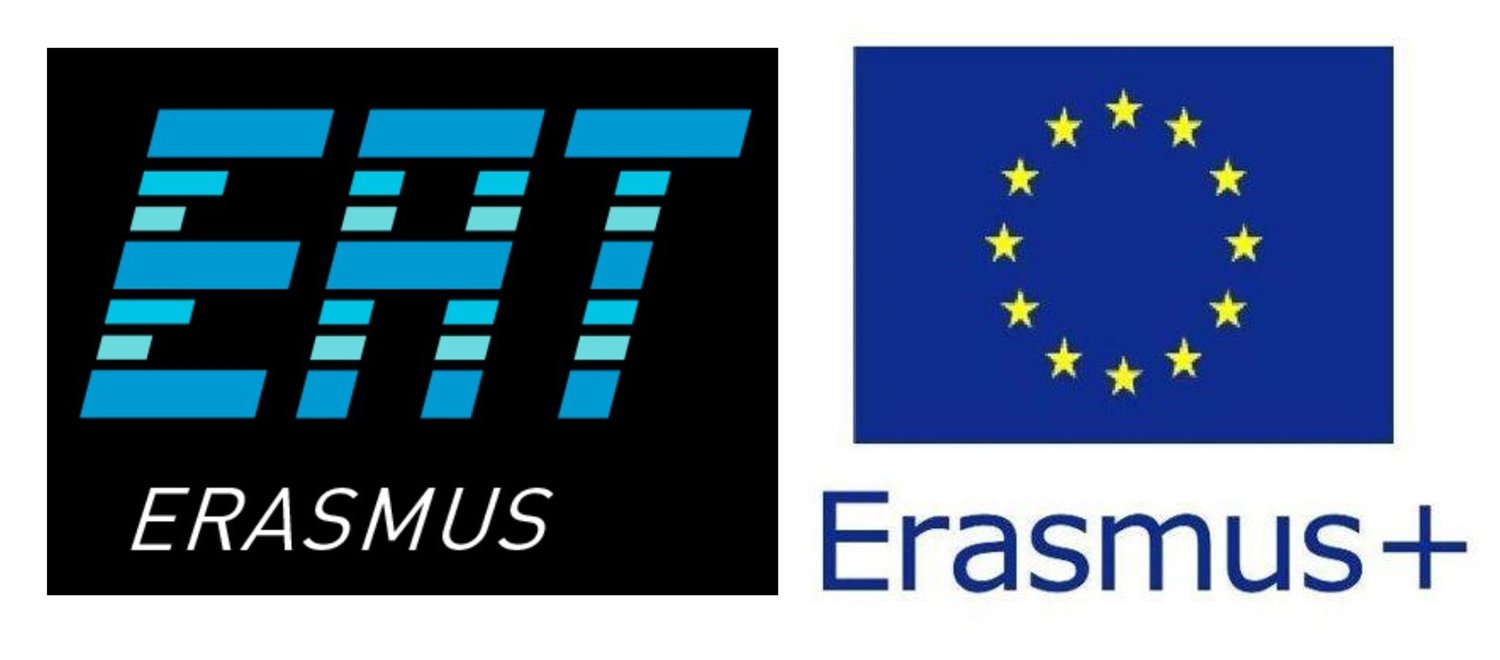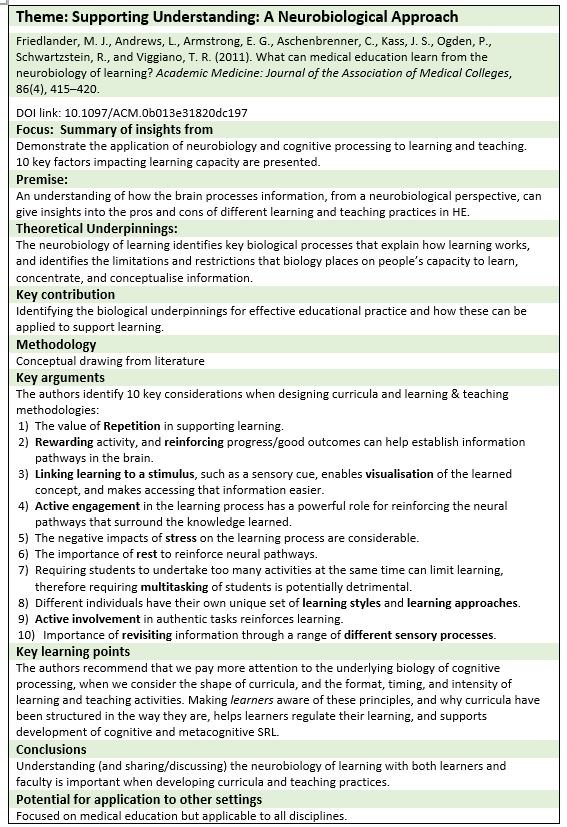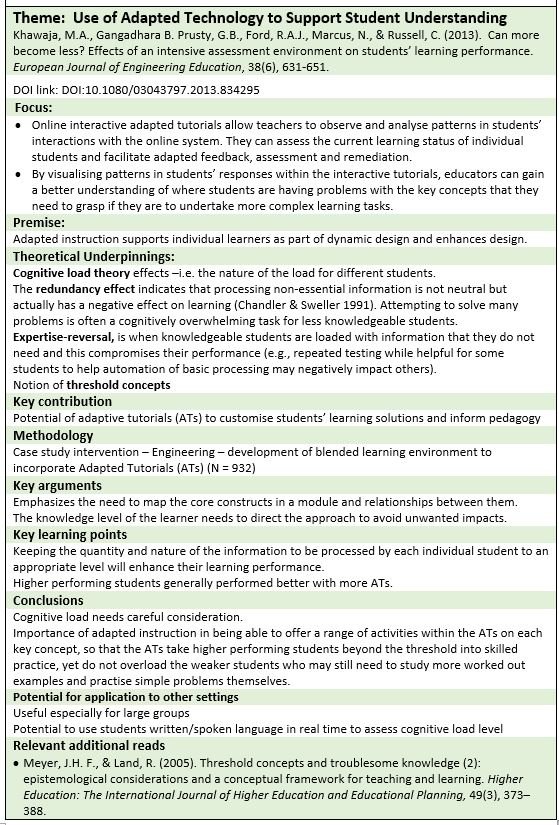5.3 Transparent and Explicit
Supporting student access to the curriculum is a key concern. The EAT framework highlights the importance of clear route maps so that students are clear about the learning journey ahead. In promoting access to learning a number of key considerations highlighted in the literature include:
The importance of not overloading students with information at point of entry. As Friedlander et al. (2011, p. 417) have noted: “our brains are engaging in a continuous process of triaging for the allocation of finite neural resources”, and thus we attend to what is most important to us at that time. This also links to notions of cognitive load and working memory capacity (Fyfe & Rittle-Johnson, 2016).
Clarifying and signposting key concepts within a discipline (Lin et al., 2014)
Explaining criteria and the ‘rules of the game’ increases students’ perception of control (Panadero & Alonso-Tapia, 2013).
Promoting universal design principles (CAST, 2018) to ensure all students have equal access to learning (Waring & Evans, 2015).
Utilising technology (e.g., AI) to support individualised instruction (Khawaja et al., 2013).
Encouraging culturally responsive pedagogy that encourages [students] to own their learning by questioning and challenging curricular assumptions and constructing their own reality (Kumar et al., 2018)
Making local cultures explicit and providing a blueprint of a programme so that students are clear about the purpose and behaviours required at each step, the relationships among the different steps and the logics underpinning how things are done - tacit logics of learning within higher education. (See section 5.2)
Making programme specifications more accessible through reconsidering the language of them and encouraging student engagement in developing them.
Enabling sufficient constructive friction so that students are challenged and given time to find solutions for themselves prior to being given explicit support, to enable students to work things through for themselves and are receptive to information deemed by them to be important and therefore a focus of their attention (Blasco, 2015).
Key concepts: working memory capacity; cognitive challenge; critical pedagogy
ACTIVITIES
1. Ensure clear mapping of the different kinds of support available to students/educators at point of entry. A Map on a Page concept.
2. Agree, map and signpost the key concepts within a module and relevance to other modules.
3. Clarify what a deep approach within a discipline looks like with educators and students.
4. Ask students who have completed a module to highlight the key stumbling blocks and what resources were most useful to them at that time.



